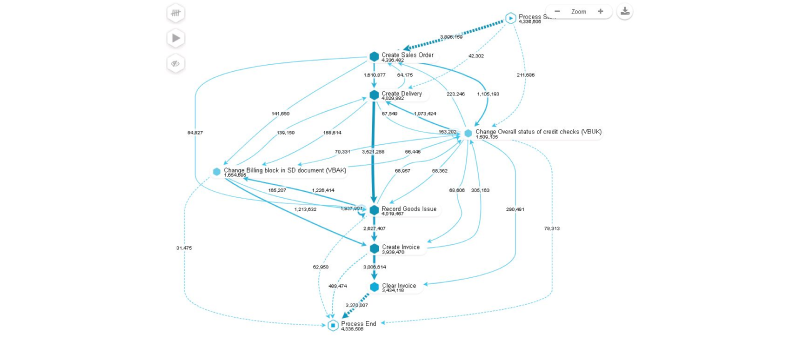The Data Platforms Battle
The enterprise data stack is going through an inflection point and the battle lines are being redrawn - which happens every decade or so. This time, to no surprise, the AI agenda in Enterprise is going to determine the winners and losers.

The Changing Landscape
The battleground for data platforms has shifted dramatically, now centering on enabling AI applications. Success in this space requires excellence in four critical areas:
- Semantic Layer: Understanding the nuances of business data across the enterprise
- Application Development Tools: Providing low-code/no-code toolsets for building applications
- Orchestration Simplicity: Delivering workflows and interoperability that simplifies ecosystem management
- AI Capabilities: Offering powerful AI frameworks that deliver results
The Major Players
Four tech giants are aggressively positioning themselves in this space, each making significant moves in AI capabilities over the last twelve months:
Databricks
- Strong position with Unity Catalog for data context understanding
- Introduced AI Playground and DBRX
- Application toolset strategy remains unclear
Microsoft
- Leverages strong OpenAI partnership
- Microsoft Fabric provides excellent orchestration
- Strong application development tools
- Semantic layer remains a weakness
Salesforce
- Comprehensive solution for customer applications with Einstein AI
- Challenge: Limited to Salesforce data ecosystem
- Faces hurdles with external data integration
Snowflake
- Under competitive pressure but has comprehensive offerings
- Cortex AI shows promise
- Benefits from walled garden approach for orchestration
- Needs to balance user experience with economics
- Working to expand app building capabilities for business users
Enterprise Challenges
A significant organizational challenge exists: data teams and application teams typically operate under separate leadership with limited collaboration. As AI applications become the central battleground, this could drive:
- New winners and losers in the Data Platform space
- Fundamental changes to enterprise IT operating models


